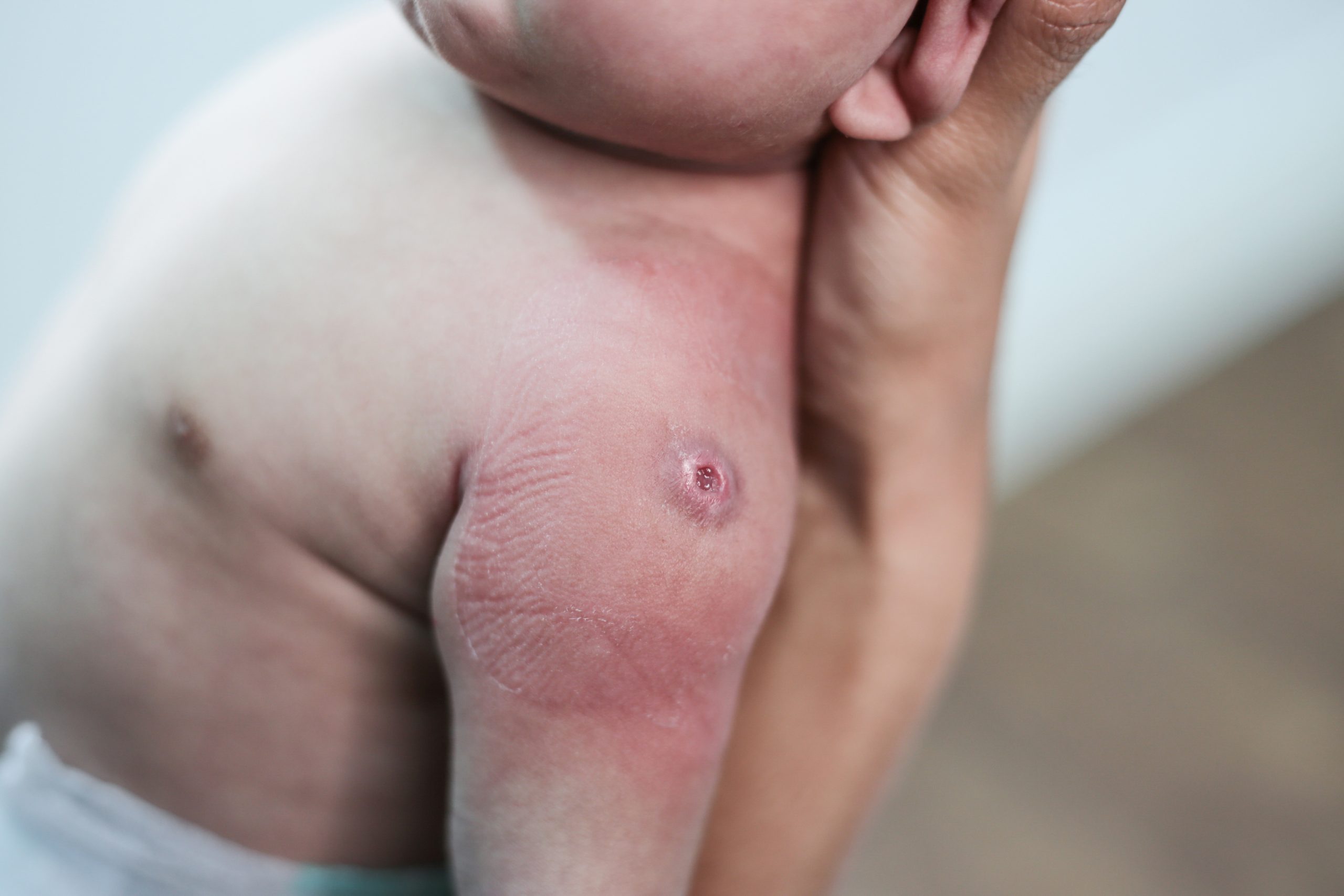Fractures in bones can be caused by either an abrupt force that breaks the bone, or by repetitive overuse of a body part. Regardless of its cause, fractures usually heal on their own or with treatment depending on the type and severity.
Sometimes, pain is the first sign of a fracture. In severe cases, this pain may be so intense that you feel unable to move the affected body part – leading to strange looks and feelings, as well as difficulty communicating with others.
Physical signs of a fracture include an abnormally bent bone, swelling in the affected area, and difficulty moving the injured body part normally. Some people also experience grating or crackling sounds (crepitus) when moving their fractured bone.
Doctors typically diagnose fractures with a physical examination, an X-ray and/or imaging tests. X-rays reveal the extent of damage and help doctors decide how best to treat the bone. They can also demonstrate any joint damage.
1. Treatment Phase: This occurs within the initial 24 to 36 hours after injury and involves sending in cells that act like trash collectors to clear away broken bone fragments and growing new blood vessels for healing purposes.
2. Repair Phase: For the next 2-3 weeks, actual tissue repair takes place and new living cells of bone, cartilage and fibrous tissue form at the fracture site. These tissues form a rubbery material called “fracture callus,” with calcium deposited inside to aid healing.
3. Remodeling Phase: This stage lasts months after a fractured bone has stopped being painful. It helps the damaged bones rebuild (remodel) themselves and become stronger.
4. Signs of fracture: Most people experience some discomfort around the break, as well as a sensation of grinding or grating with movement. This is an expected reaction to injury since the fractured bone must re-form and join with surrounding bones.
5. Treating a bone fracture: The most important step you can take is to follow your provider’s instructions regarding activity and weight bearing. Doing this will expedite healing, reduce swelling, stiffness and muscle atrophy (shrinkage).
6. Diet: Maintain a nutritious diet to support bone healing. Protein, vitamins C, D and K as well as minerals such as calcium, magnesium, phosphorus and zinc are all necessary for rapid healing.
7. Quit smoking: Smoking can restrict fine capillary blood flow that is essential for bone healing. A recent study has demonstrated that quitting smoking significantly improves the rate of healing for fractures.
8. Limit Alcohol Intake: Consuming alcohol can significantly slow bone healing. A recent study has demonstrated that restricting alcohol consumption and quitting smoking can significantly improve the rate of bone healing for fractures.
9. Medications: Your provider may prescribe medications to alleviate pain, reduce swelling and prevent infection. These may include painkillers, anti-inflammatory drugs, antibiotics or steroid medications.



